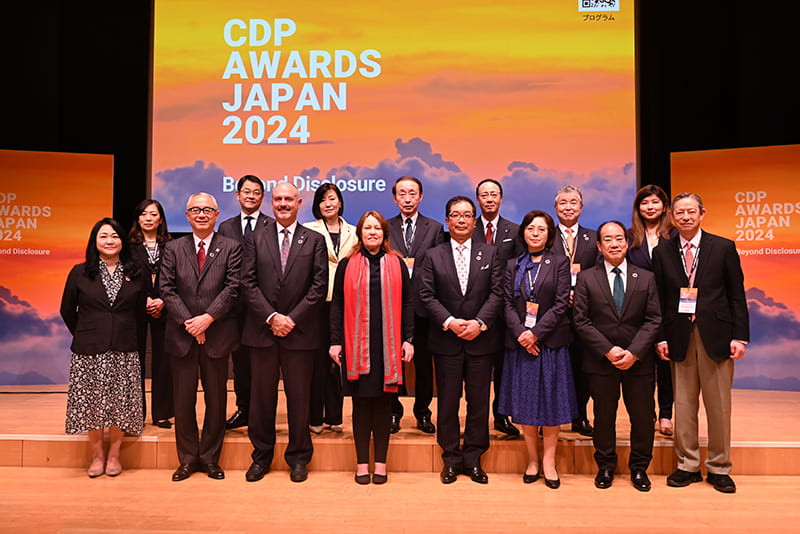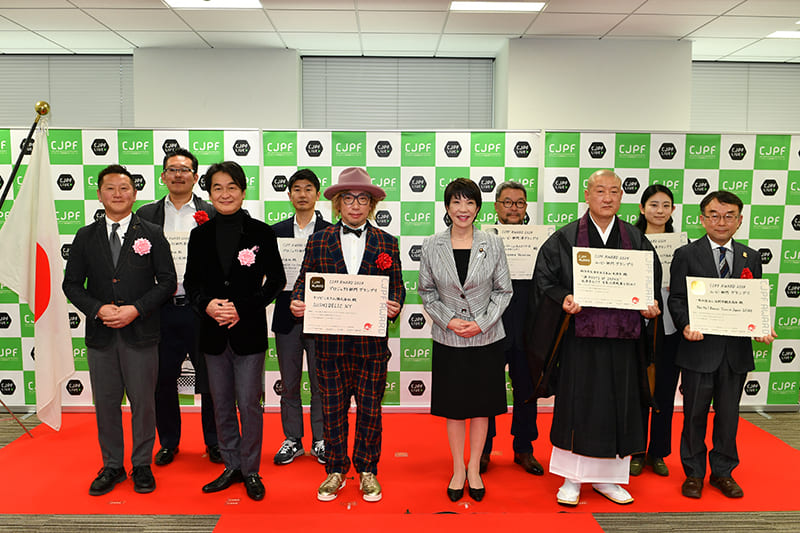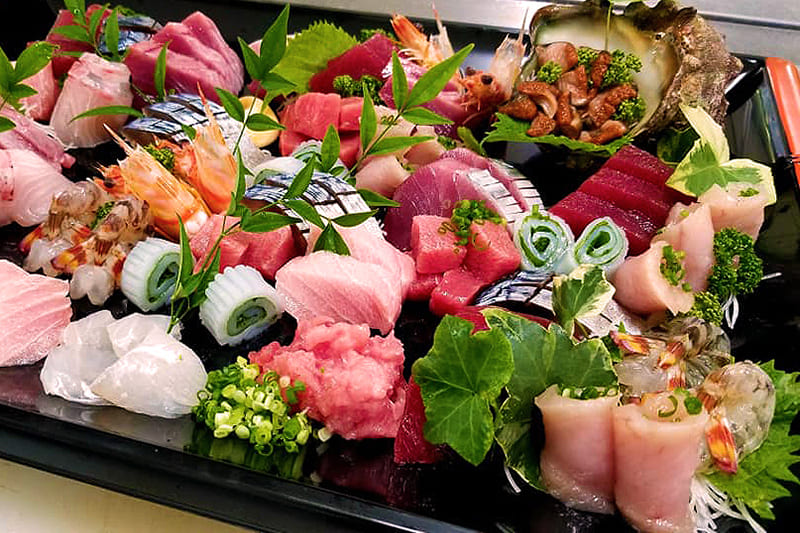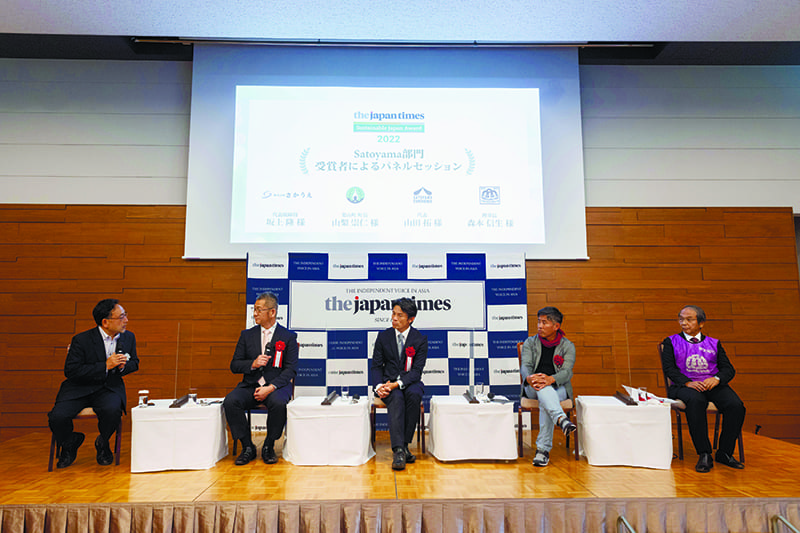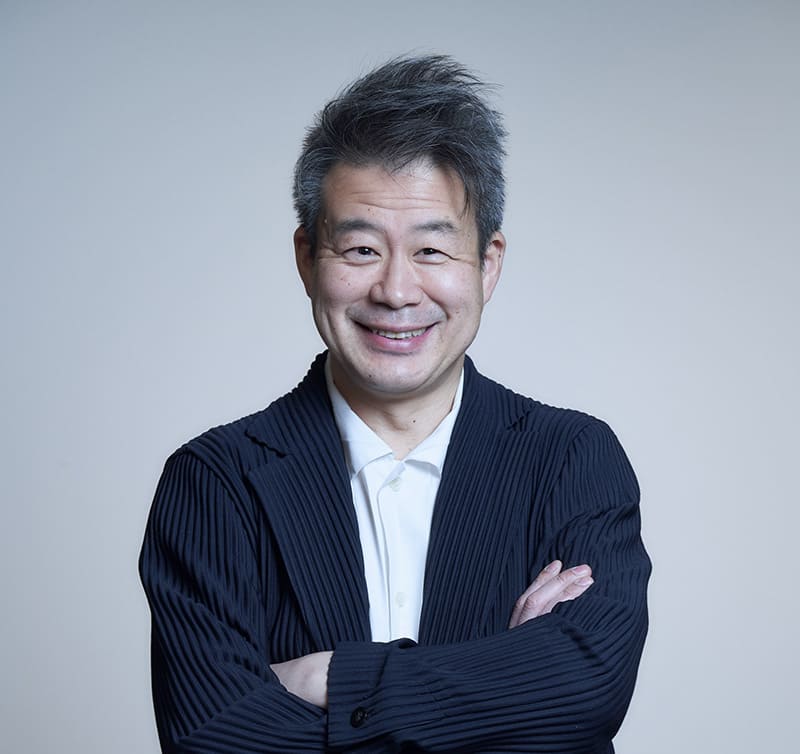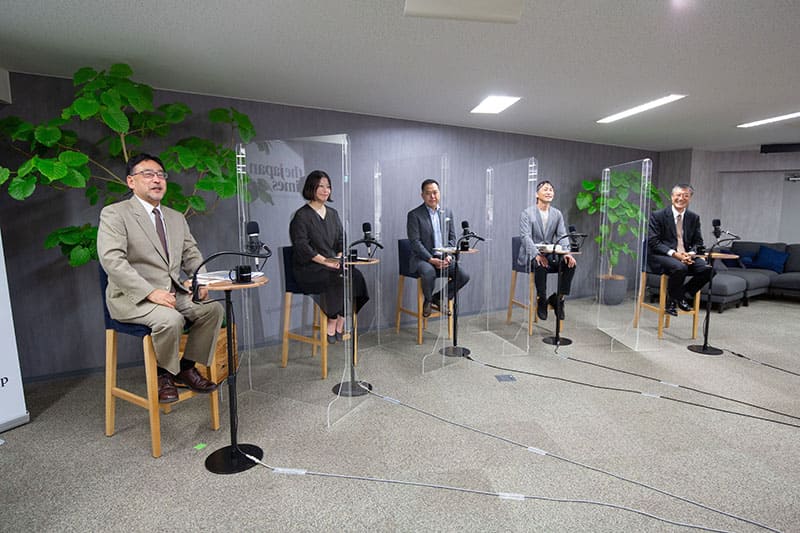April 29, 2022
JapanCraft21: Revitalizing master crafts for the new century
JapanCraft21 staff
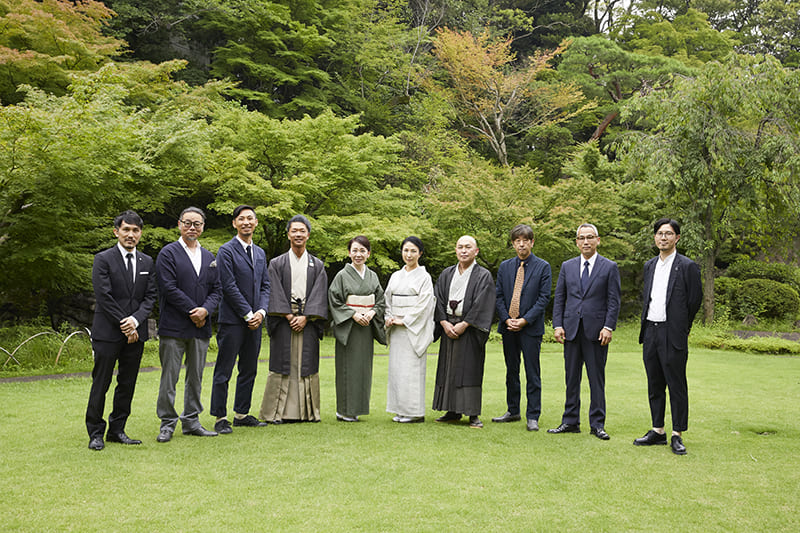
Steve Beimel, who first arrived in Japan in 1971, recalls his initial impressions of the country’s craft culture, saying, “I entered my new apartment with its tatami mats, shoji window shades, futon bed, Hagi teapot, lacquer bowls and a drawer filled with handmade wooden and bamboo gadgets, whisks and brushes — and I felt like I’d been transported to a magical kingdom of handmade master artisan crafts.” Since then, Beimel has appreciated the countless ways that his life has been enriched by the finely crafted items he uses every day. “Coming from suburban Los Angeles and having little exposure to true craftsmanship, I marveled at the breadth and depth of Japanese ceramics, lacquerware, weaving, dyeing, metalwork, bamboo masterworks and carpentry — artistry that is among the most developed in the world.”
When Japan ended 250 years of self-imposed isolation in the 1800s, it astounded the world with the depth and enormity of its craft tradition, and Beimel reflects on how many of those traditions were still alive in 1971, supported by vibrant craft communities. In recent decades, however, he has watched Japanese craft culture deteriorate at an alarming rate. Machine-printed kimono flood in from offshore while local master weavers, dyers and embroiderers struggle to survive; sales of lacquerware are plummeting; few young people are capable of replacing the now-retiring bamboo basket artists; wood joinery is no longer taught to young carpenters. The list goes on. Though tens of thousands of master craftspeople still function, most are near or past retirement age and few young people are taking over. In 1979, there were about 300,000 highly skilled craftspeople in Japan; today, there are about 50,000. Also disappearing are craft support specialists such as unique tool makers, dye blenders, brush makers, stencil cutters, etc., all of whom form a highly interdependent network in the craft community.
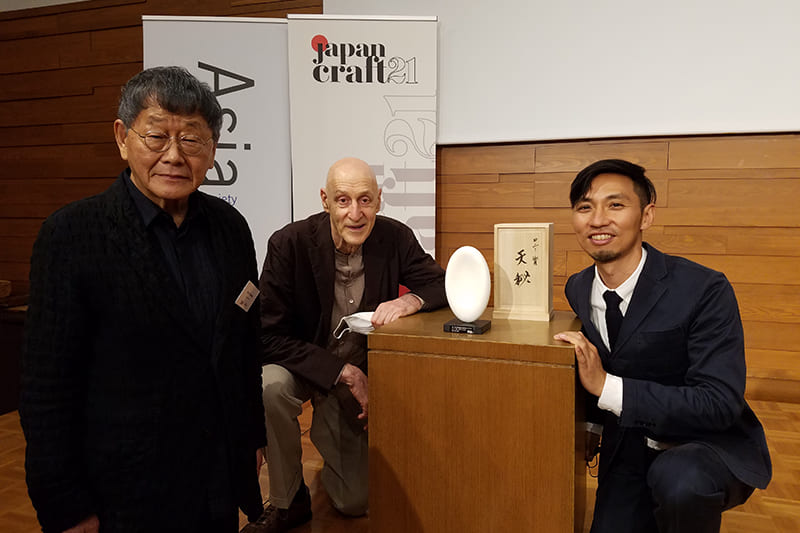
Despite this alarming trend, the craft world in Japan is still in a better state than most of the world. “But,” warned Beimel, “time is running out. In a world of click, use and discard, this is one of the last places where you can buy moderately priced daily-use items that are sustainable, eco-friendly and of exceptional quality based on centuries of trial and error.”
The causes for the decline are complex. Demand for crafts decreases as Japan’s craft-supporting cultural institutions also decline. Buddhism is losing support as the public utilizes the corporate funeral industry. Where it was once common to see Japanese company presidents supporting the tea ceremony, many now turn to Western pastimes such as golf. Artisanal housing built by master carpenters faces crushing competition from factory-style construction. The advertising budgets of huge clothing brands crowd out traditional weavers and dyers.
Four years ago, Beimel decided to take action: “I gathered a few like-minded friends together and started JapanCraft21, an organization whose aim is to revitalize traditional Japanese master crafts by identifying the issues artisans face and implementing solutions for the 21st century.” For their first project, JapanCraft21 focused on high-level wood joinery. Working with Tomohiro Naito (president of Naito Komuten), a fifth-generation Kyoto master carpenter, they helped form Shishokai, an NPO made up of traditional building masters, and helped establish a small school for young working carpenters that offered intensive, free-of-charge, weekend joinery classes. “We recently graduated our first class of six — the first generation of young people in decades who are capable of building a wooden house entirely without nails.” This year they are training six new students in wood joinery, as well as five young plasterers in Japanese bamboo mud wall construction. An advanced Japanese garden technique course for five young gardeners began just this month.

After establishing the school, JapanCraft21 decided to integrate a new approach into its revitalization efforts. Together with the Asia Society (Japan Center), a highly respected international cultural institution, JapanCraft21 co-sponsors a series of Japan Traditional Craft Revitalization Contests. Beimel said: “We let the applicants identify both problems and solutions. By selecting and funding exceptional individuals with talent, track records and passion for revitalizing crafts in the 21st century, the contests help reverse the decline in craft culture.” The first-place Ronnie Prize winner is awarded ¥5 million ($40,000) in targeted funding to be applied toward achieving their vision, as well as the active support of a mentor group of experts in fields such as business, design, product development, information technology and marketing. All 10 finalists are also provided with a broad and significant support package.
The crafts of Japan have inspired the world for more than 150 years and belong to all of us. JapanCraft21 is funded by lovers of Japanese-crafts both in and outside of Japan. “We are showing that even a small private organization can make a difference,” Beimel said. “We offer our members an opportunity to be active supporters of the Japanese craft community, to do something worthwhile that benefits us all.”

